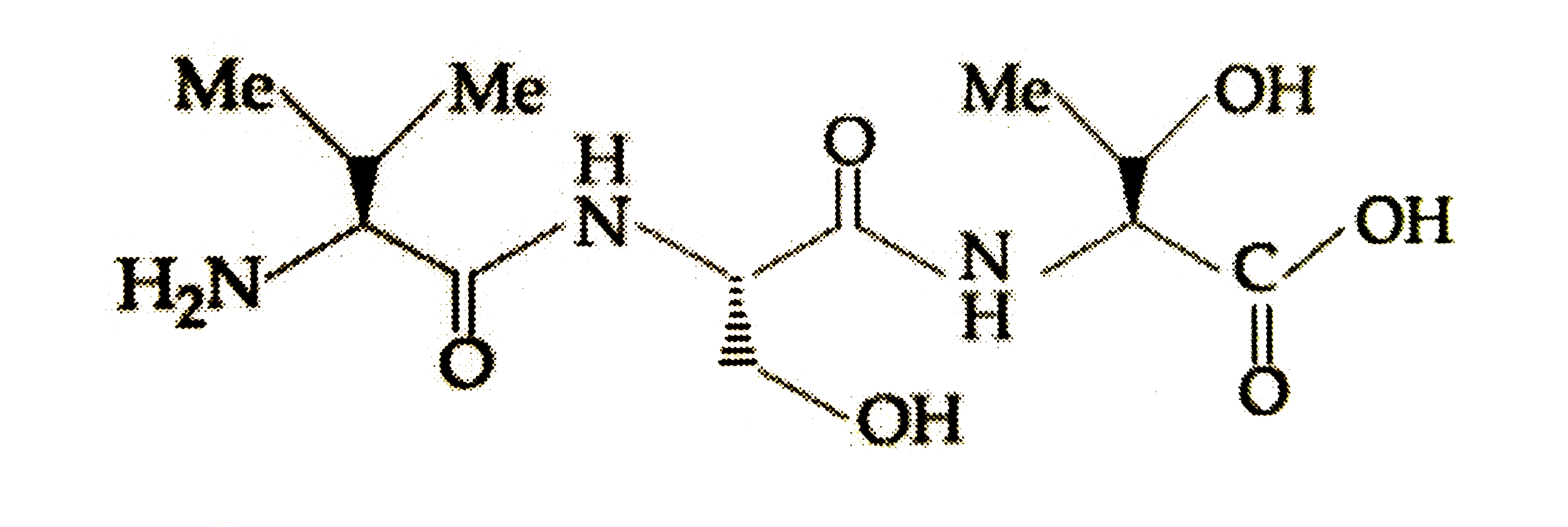There is only one possible sequence of amino acids when deduced froma given nucleotides. But multiple nucleotides sequence can be deduced from a single amino acid sequence. Explain this phenomena.
To explain the phenomenon where there is only one possible sequence of amino acids deduced from a given nucleotide sequence, but multiple nucleotide sequences can be deduced from a single amino acid sequence, we can break it down into the following steps:
1. Understanding the Genetic Code:
- The genetic code consists of codons, which are sequences of three nucleotides. Each codon corresponds to a specific amino acid.
- There are a total of 64 possible codons (4 nucleotides raised to the power of 3: 4^3 = 64), but only 20 standard amino acids.
2. One Codon, One Amino Acid:
- Each codon uniquely specifies one amino acid. Therefore, if you have a specific sequence of nucleotides (for example, AUG), it will always translate to the same amino acid (in this case, Methionine).
- This means that from a given nucleotide sequence, there is only one possible sequence of amino acids that can be deduced.
3. Degeneracy of the Genetic Code:
- The genetic code is described as degenerate, meaning that multiple codons can code for the same amino acid. For example, both GAA and GAG codons code for the amino acid Glutamic acid.
- This characteristic allows for the possibility that a single amino acid can be encoded by several different nucleotide sequences.
4. Ambiguity of Codons:
- While a single codon corresponds to one amino acid, the reverse is not true; multiple codons can correspond to a single amino acid. This is the essence of the degeneracy of the genetic code.
- Therefore, if you start with an amino acid, you can deduce multiple possible nucleotide sequences that could lead to that same amino acid.
5. Conclusion:
- In summary, the phenomenon arises from the structure of the genetic code: a specific sequence of nucleotides leads to one specific sequence of amino acids, while a single amino acid can be represented by multiple nucleotide sequences due to the degeneracy of the code.
- The genetic code consists of codons, which are sequences of three nucleotides. Each codon corresponds to a specific amino acid.
- There are a total of 64 possible codons (4 nucleotides raised to the power of 3: 4^3 = 64), but only 20 standard amino acids.
- Each codon uniquely specifies one amino acid. Therefore, if you have a specific sequence of nucleotides (for example, AUG), it will always translate to the same amino acid (in this case, Methionine).
- This means that from a given nucleotide sequence, there is only one possible sequence of amino acids that can be deduced.
- The genetic code is described as degenerate, meaning that multiple codons can code for the same amino acid. For example, both GAA and GAG codons code for the amino acid Glutamic acid.
- This characteristic allows for the possibility that a single amino acid can be encoded by several different nucleotide sequences.
- While a single codon corresponds to one amino acid, the reverse is not true; multiple codons can correspond to a single amino acid. This is the essence of the degeneracy of the genetic code.
- Therefore, if you start with an amino acid, you can deduce multiple possible nucleotide sequences that could lead to that same amino acid.
- In summary, the phenomenon arises from the structure of the genetic code: a specific sequence of nucleotides leads to one specific sequence of amino acids, while a single amino acid can be represented by multiple nucleotide sequences due to the degeneracy of the code.
Topper's Solved these Questions
- BOOK - ICSECHAPTER - MOLECULAR BASIS OF INHERITANCEEXERCISE - PRACTICE QUESTIONS (VERY SHORT ANSWER TYPE QUESTIONS37videos
MOLECULAR BASIS OF INHERITANCE
- BOOK - ICSECHAPTER - MOLECULAR BASIS OF INHERITANCEEXERCISE - PRACTICE QUESTIONS (SHORT ANSWER TYPE)14videos
MOLECULAR BASIS OF INHERITANCE
- BOOK - ICSECHAPTER - MICROBES IN HUMAN WELFAREEXERCISE - COMPETITION CORNER (OBJECTIVE TYPE QUESTIONS (ASSERTION AND REASON TYPE QUESTIONS))15videos
MICROBES IN HUMAN WELFARE
- BOOK - ICSECHAPTER - ORGANISMS AND POPULATIONSEXERCISE - COMPETITION CORNER (ASSERTION AND REASON TYPE QUESTIONS)22videos
ORGANISMS AND POPULATIONS
Similar Questions
There is only one possible sequence of amino acids when deduced from a given nucleotides. But multiple nucleotides sequence can be deduced from a single amino acid sequence. Explain this phenomena.
View SolutionThere is only one possible sequence of amino acids when deduced from a given nucleotides. But multiple nucleotides sequence can be deduced from a single amino acid sequence. Explain this phenomena.
View Solution
Knowledge Check
- Question 1 - Select One
The structure formed by the sequence of amino acids in a polypeptide chain is called :
AprimaryBsecondaryCtertiaryDquaternary
The correct sequence of amino acids present in the tripeptide given below is :
 View Solution
View SolutionWhich of the following hormones is derived from a single amino acid?
View SolutionThe genes that are responsible for directing the sequences of amino acids for a given protein are
View SolutionThe nucleotide sequence AGGCCGAC can be verified as DNA or RNA segment on the basis of
View SolutionIdentify the aromatic amino acid from the given option.
View SolutionThe sequence in which amino-acids are arranged in protein is called
View SolutionExplain palindromic nucleotide sequence with the help of a suitable example.
View Solution

